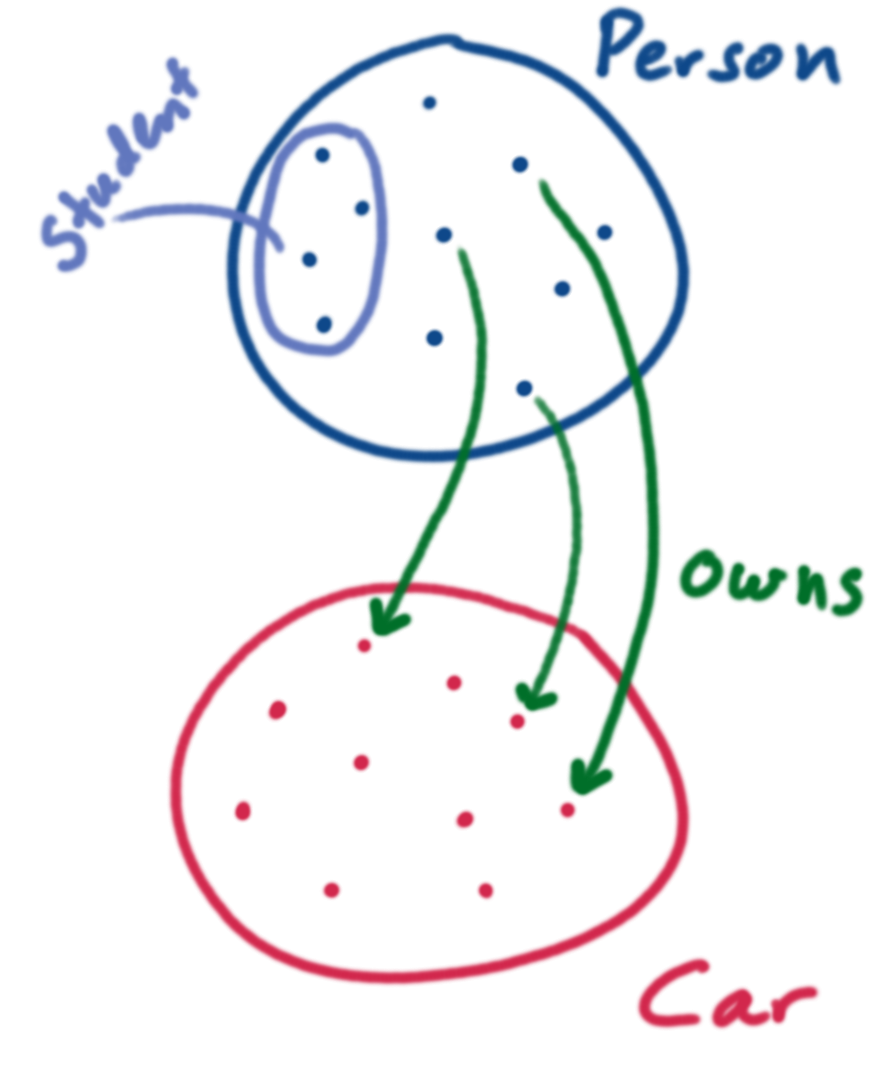IMPORT 'http://leifhka.org/lore/library/prefix.lore';
prefix('xsd', 'http://www.w3.org/2001/XMLSchema#');
CREATE SCHEMA IF NOT EXISTS xsd;
prefix('rdfs', 'http://www.w3.org/2000/01/rdf-schema#');
CREATE SCHEMA IF NOT EXISTS rdfs;
prefix('ex', 'http://example.org/');
CREATE SCHEMA IF NOT EXISTS ex;
prefix('rdf', 'http://www.w3.org/1999/02/22-rdf-syntax-ns#');
CREATE SCHEMA IF NOT EXISTS rdf;
prefix('owl', 'http://www.w3.org/2002/07/owl#');
CREATE SCHEMA IF NOT EXISTS owl;
CREATE RELATION owl.Class(individual text);
CREATE RELATION owl.DatatypeProperty(individual text);
CREATE RELATION owl.ObjectProperty(individual text);
CREATE RELATION ex.Employee(individual text);
CREATE RELATION ex.Person(individual text);
CREATE RELATION ex.Student(individual text);
CREATE RELATION ex.mother(subject text, object text);
CREATE RELATION ex.parent(subject text, object text);
CREATE RELATION ex.name(subject text, object text);
CREATE RELATION ex.age(subject text, object bigint);
ex.Employee(x) -> ex.Person(x);
ex.Student(x) -> ex.Person(x);
ex.mother(x, y) -> ex.parent(x, y);
ex.parent(x, y) -> ex.Person(y);
ex.parent(x, y) -> ex.Person(x);
ex.name(x, y) -> ex.Person(x);
ex.age(x, y) -> ex.Person(x);
owl.Class('http://example.org/Student');
owl.Class('http://example.org/Employee');
owl.Class('http://example.org/Person');
owl.DatatypeProperty('http://example.org/name');
owl.DatatypeProperty('http://example.org/age');
owl.ObjectProperty('http://example.org/mother');
owl.ObjectProperty('http://example.org/parent');
ex.Student('http://example.org/ola');
ex.name('http://example.org/ola', 'Ola');
ex.mother('http://example.org/kari', 'http://example.org/ola');
ex.age('http://example.org/kari', '35');


